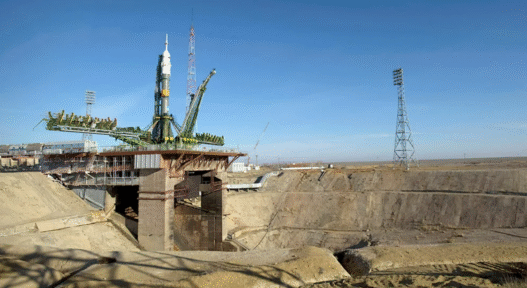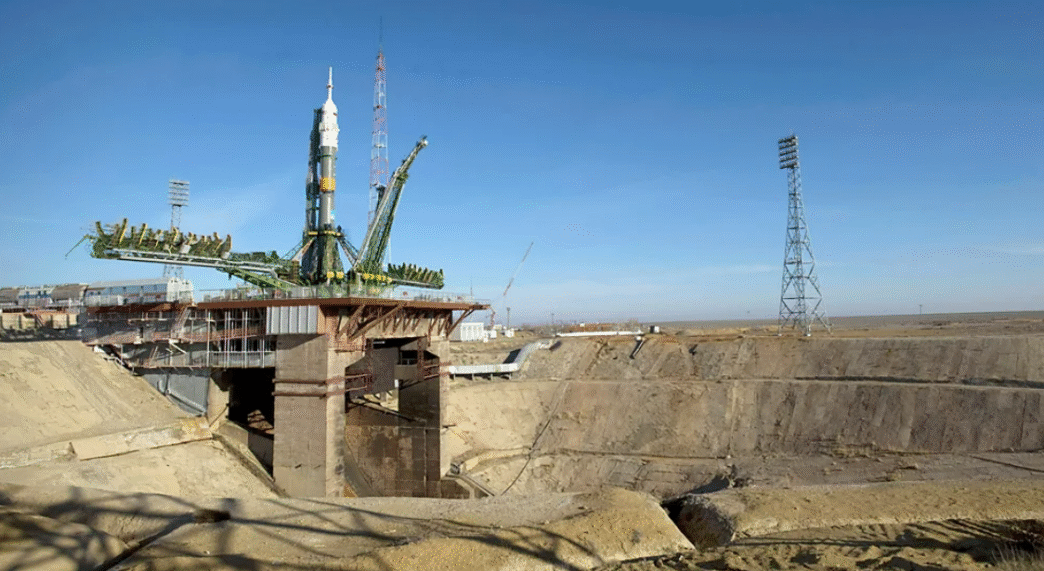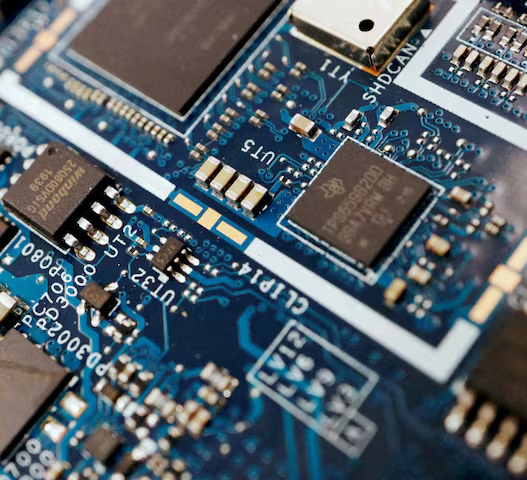Humanity’s journey into space has created irreplaceable artifacts and heritage sites that tell the story of our species’ greatest adventure. Yet these precious remnants of our cosmic exploration face an unprecedented threat from rapid space commercialization and limited legal protections.
Like ancient monuments such as Stonehenge, these space heritage sites represent pivotal moments in human evolution. They stand as testaments to national pride, scientific achievement, and the sacrifices made by those who died pursuing humanity’s dreams among the stars.
A dedicated group of “space archaeologists” now works frantically to document and preserve these cosmic treasures before they disappear forever. Their mission extends beyond simple preservation – they study how astronauts interact with technology, adapt to alien environments, and develop new cultural practices that could shape future space missions.
The Moon’s Archaeological Significance
On January 15, 2025, the World Monuments Fund made headlines by including the Moon on its Watch List of 25 threatened heritage sites worldwide. The focus centered on the Apollo 11 landing site, where Neil Armstrong’s footprints remain perfectly preserved in the lunar dust after more than five decades.
Ironically, that same day witnessed Firefly Aerospace’s Blue Ghost lunar lander launching from Kennedy Space Center aboard a SpaceX rocket. The commercial mission landed safely about 30 miles from the historic Apollo landing site, highlighting the growing tension between space heritage preservation and commercial expansion.
“We don’t know yet how to physically operate on the Moon,” explains space archaeologist Justin Walsh, a professor at Chapman University in California. “Any mission that approaches or enters one of those historic sites is going to have consequences that we can’t yet foresee.”
This concern reflects broader anxieties about preserving humanity’s first steps on another celestial body while enabling future exploration and commercial development.
Pioneering Archaeological Methods in Space
Traditional archaeology relies on physical excavation and hands-on analysis of artifacts. Space archaeology demands entirely different approaches, combining remote sensing data, satellite imagery, and digital photography to study sites millions of miles away.
Three years ago, NASA astronaut Kayla Barron conducted the first archaeological fieldwork beyond Earth while orbiting 250 miles above the planet. She used bright yellow tape to mark one-square-meter areas aboard the International Space Station, creating the equivalent of archaeological trenches in zero gravity.
Instead of digging, Barron and her colleagues photographed these marked spaces daily for 60 days. The exercise revealed how astronauts personalized their living spaces with religious icons, mission patches, photos of space heroes, and even geocaching tags – transforming sterile spacecraft into homes.
“Space archaeology had always felt rather theoretical,” says Walsh. “What would we do if we could go there? But digital technology has changed that.”
The International Space Station Archaeological Project, established in 2015 by Walsh and Australian colleague Alice Gorman, represents the first large-scale space archaeology initiative. Their research has already influenced the design of future private space stations, demonstrating the practical value of understanding how humans adapt to living in space.
Cataloging Humanity’s Lunar Legacy
The fight to preserve space heritage gained momentum in 2000 when Beth O’Leary published the Lunar Legacy Project report. The ambitious goal involved treating the entire Moon as an archaeological site and mapping every human-made object on its surface.
O’Leary’s team estimated that around 100 metric tons of human material existed on the Moon in 2000. Today, that figure likely exceeds 400 metric tons, creating an overwhelming cataloging challenge with limited funding.
The project focused on Tranquility Base, where Apollo 11 landed, because it represented humanity’s first successful landing on another celestial body. Through meticulous archive research, they identified 106 artifacts and features left at the site, including sample scoops, footprints, and an Apollo 1 mission patch honoring three astronauts killed in a launch pad fire.
Among the most poignant discoveries were medals from Soviet cosmonauts Vladimir Komarov and Yuri Gagarin, left by Apollo 11 astronauts. The medals had been given to American astronauts by the cosmonauts’ widows during the height of the Cold War – a powerful symbol of shared human achievement transcending political divisions.
Protecting Heritage from Commercial Expansion
The rapid commercialization of space creates urgent preservation challenges. Companies like SpaceX and Blue Origin are transforming space access, but their activities could inadvertently damage or destroy historically significant sites and artifacts.
Elon Musk has advocated for deorbiting the International Space Station sooner than NASA intends, potentially destroying the largest spacecraft ever built. Research suggests that up to 40% of the station could survive reentry, raising questions about whether historically significant sections should be preserved.
“The window of time we must get procedures and protocols accepted by the international space community is closing,” warns Alice Gorman, associate professor at Flinders University in Adelaide, Australia.
Some proposals involve creating “museum orbits” around Earth for historically valuable spacecraft like Vanguard 1, the oldest artificial satellite still in space. Such preservation efforts would require international cooperation and significant financial investment.
Archaeological Discoveries at Launch Sites
Space archaeology extends beyond orbital artifacts to terrestrial launch sites where humanity’s space journey began. Thomas Penders, cultural resources manager for the US Air Force and Space Force at Cape Canaveral, oversees 19,200 acres encompassing America’s most significant space program history.
Recent archaeological work at Cape Canaveral has yielded surprising discoveries. Contractors working on Blue Origin’s launch complex uncovered missile parts discarded during the frantic rocket development race of the 1950s and 1960s. These artifacts provide insights into the urgent, sometimes chaotic nature of early space program development.
“In the ’50s and ’60s we were in such a race to develop rockets and put a man in space that missile parts were just thrown over the fence surrounding the launch pad, and they were still there today,” Penders explains.
Blue Origin has demonstrated respect for heritage preservation by maintaining the integrity of Hangar S, the historic home of Project Mercury, America’s first human spaceflight program. Such cooperation between commercial companies and heritage preservation offers hope for balancing development with conservation.
The Future of Space Heritage
The International Council on Monuments and Sites created the International Scientific Committee on Aerospace Heritage in 2023, recognizing the growing threat to archaeological sites on the Moon and beyond. This development marked a significant milestone for space archaeology’s legitimacy and influence.
As reported by NASA, the inclusion of lunar sites on heritage watch lists represents growing international recognition of space archaeology’s importance. However, legal frameworks for protecting space heritage remain inadequate compared to terrestrial archaeological site protections.
The challenge extends beyond preservation to education and public awareness. These “critical and extraordinary moments in the history of humanity deserve our attention, and they deserve a chance to exist into the future,” emphasizes O’Leary.
At 1stnews24.com, we recognize that space archaeology represents more than academic curiosity – it’s about preserving the physical evidence of humanity’s greatest adventure for future generations to study and appreciate.
Racing Against Time
Space archaeologists face an urgent race against time as commercial space activities accelerate and heritage sites face increasing threats. The work of Walsh, Gorman, O’Leary, and their colleagues has evolved from theoretical exercise to practical necessity.
Their research influences spacecraft design, mission planning, and our understanding of human adaptation to space environments. More importantly, they’re fighting to ensure that future generations can study and learn from the artifacts that mark humanity’s first tentative steps toward becoming a spacefaring species.
The stakes couldn’t be higher. Once these irreplaceable artifacts and sites are lost, they’re gone forever, taking with them invaluable insights into one of humanity’s most remarkable achievements.




















